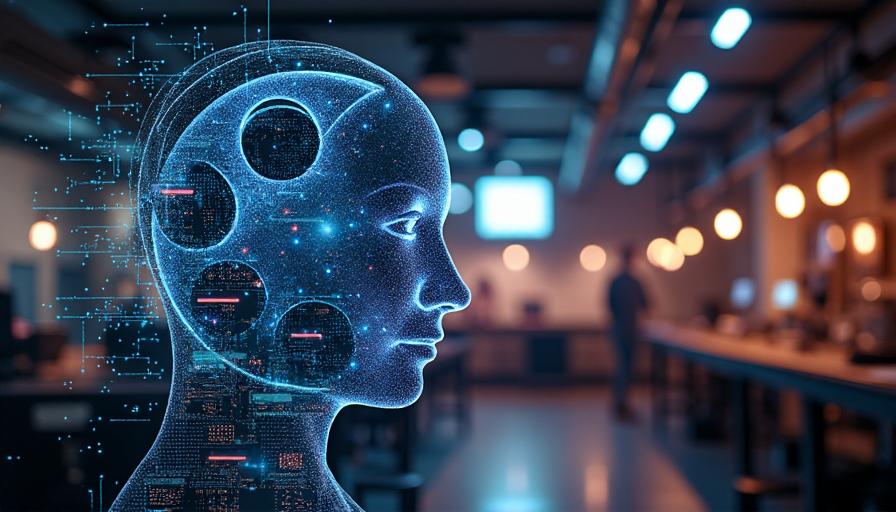
MPA Champions Copyright Protection Amid AI Revolution
In a detailed 10-page filing to the White House Office of Science and Technology, the Motion Picture Association (MPA) has reaffirmed its commitment to a copyright system that nurtures original creation while safeguarding the rights of copyright holders. The MPA’s stance comes as key industry figures such as Amazon Studios, Netflix, Paramount Pictures, and others express concerns about easing restrictions on how AI uses copyrighted content.
A Balancing Act Between Creativity and Innovation
The MPA’s submission emphasizes that artificial intelligence should complement, not undermine, the established copyright framework. With AI systems increasingly reliant on vast libraries of creative content to train their models, the quality and protection of this content are critical. The organization argues that "garbage in, garbage out; quality in, quality out," underscoring that high-quality, original creative works form the backbone of effective AI innovations.
A Dual-Edged Technological Surge
The digital revolution powered by AI has various facets. On one hand, AI is celebrated for its potential to enhance human creativity, push economic competitiveness, and expand the horizons of innovation. On the other hand, AI giants like OpenAI and Google are lobbying for fewer restrictions, contending that delays in development may hand an advantage to competitors like China. The MPA, however, insists that these advancements should run in parallel with robust copyright protection that has been a cornerstone of America’s creative success.
Economic Impact and National Leadership
According to the MPA, the copyright industries inject over $2 trillion into the U.S. GDP, representing nearly 8% of the national economy and fueling more than half of the digital economy. Export figures, especially in audiovisual products, further bolster this claim, with trade surpluses reinforcing the global economic significance of U.S. creative exports.
Leadership and Industry Integrity
MPA President and CEO Charlie Rivkin highlighted in a pre-CinemaCon interview that maintaining the integrity of copyright law is essential for both the filmmaking and AI sectors. He asserted, "We want the U.S. to remain the global leader in filmmaking, and we want America to be the global leader in AI. And those ambitions are not mutually exclusive." This sentiment echoes the position that strong intellectual property protection lies at the heart of the nation’s creative industries.
Responding to Criticism
The industry's commitment to copyright protection has not been without controversy. Hollywood guilds have criticized the MPA for perceived inaction in legal challenges against AI companies. High-profile content creators have taken their concerns to court over unauthorized use of their work by AI, reflecting a broader debate over the balance between innovation and intellectual property rights.
Policy and Future Directions
In addition to its primary arguments, the MPA opposes any requirement to label or disclose the use of AI in creative projects deemed low-risk. The association argues that compelled disclosures, such as marking scenes as "MADE WITH AI," could impede creative freedom and potentially conflict with the First Amendment’s protections against compelled speech. The MPA’s filing reinforces the belief that the existing legal framework is adequate to address emerging fair use issues in the AI era.
Looking Ahead
The industry's clarion call for maintaining rigorous copyright protections aligns with broader national priorities, including recent remarks by Vice President JD Vance. As debates continue and policy decisions loom, the outcome will shape the future of both creative expression and technological innovation in America.
The MPA’s carefully calibrated message serves as both a warning and a blueprint: while AI holds vast promise, its flourishing must proceed hand in hand with safeguarding the creative work that fuels innovation.
Note: This publication was rewritten using AI. The content was based on the original source linked above.